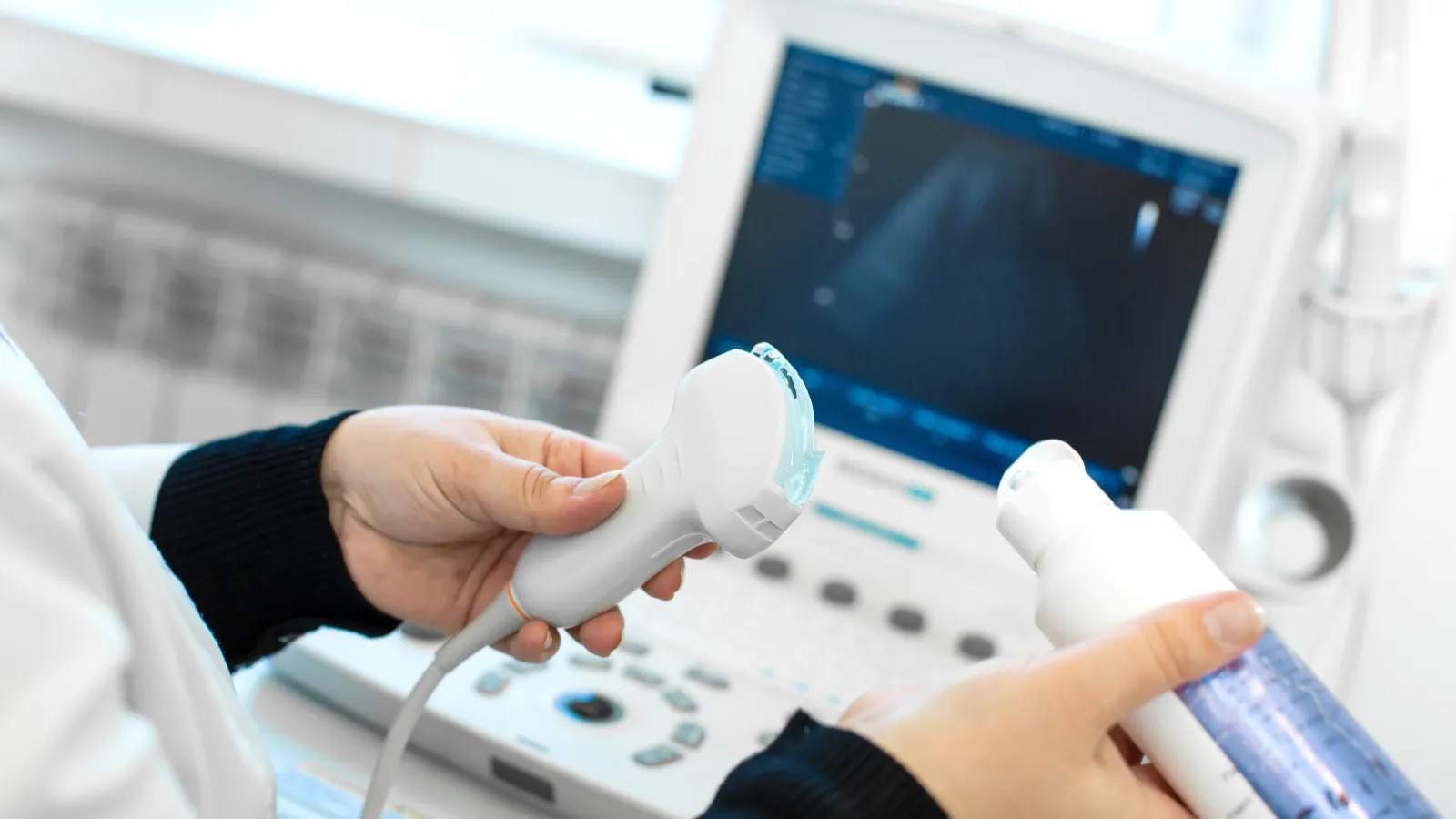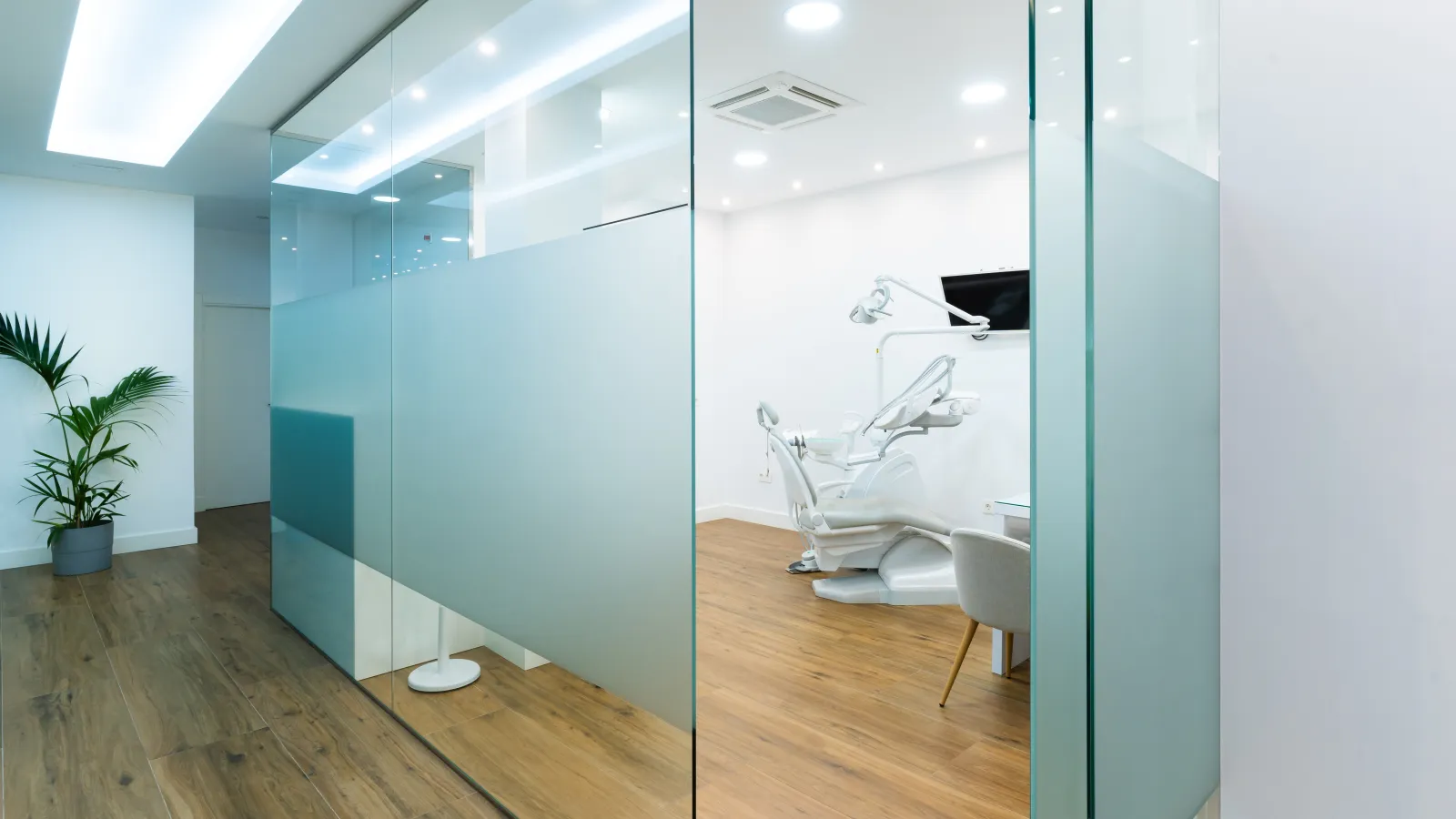Testicular Torison
If you are suffering from severe pain and swelling of the testes or are worried you may have testicular torsion, Advanced Urology is here for you.
Treatments For
Testicular Torsion
How Advanced Can Help You
Our board-certified team of men's health experts is ready to help you with diagnostic care and a range of treatment options including pain management and possible surgical options.
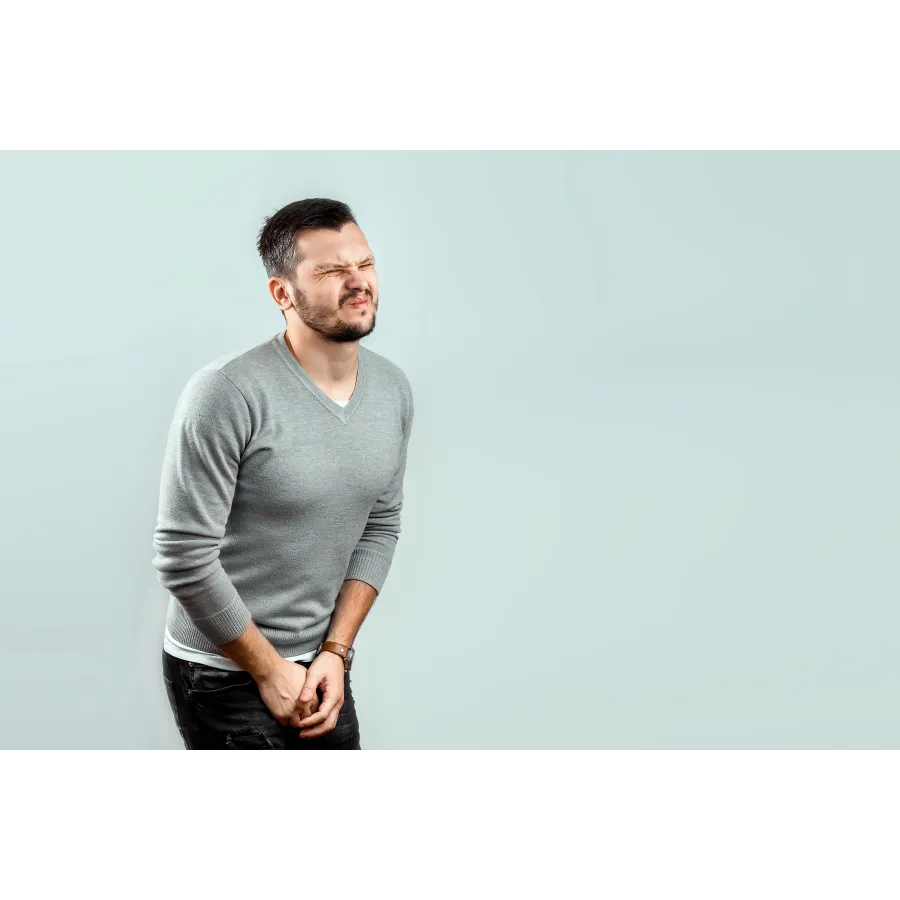
Causes of Testicular Torsion
The chances of testicular torsion occurring are about 1 in 4,000 males under the age of 25, but can also occur in newborns and older males. Most testicles are well attached to the scrotal tissue and will not twist. Some males are born with no tissue holding the testes to the scrotum, however, which allows the testes to swing inside the scrotal sac. Testicular torsion typically occurs on one side, to one testis, but it is possible for there to be torsion in both testes.
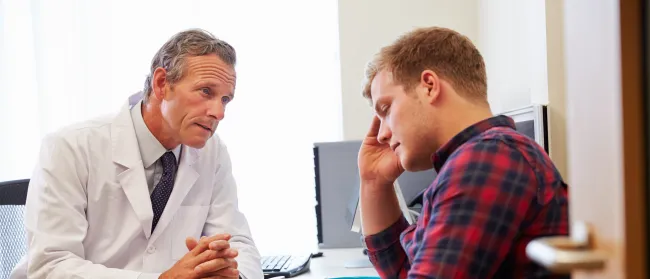
Treatments For Testicular Torsion
It is possible to untwist the cord in the emergency room, however, all patients will need to see a urologist for surgery. During the surgery the urologist will untwist the testicle and spermatic cord, making sure to take measures to prevent torsion from recurring. This can be done through the scrotum or the groin. If the testicle cannot be saved, it will be removed and stitches may be sewn around the other testicle to prevent torsion from happening on that side.
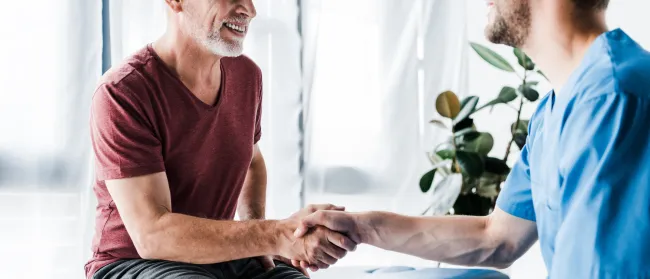
Schedule Appointment Online
Symptoms of Testicular Torsion
- Sudden, severe pain located on one side of the scrotum
- Scrotal swelling—one side quickly becomes larger than the other side
- Abdominal pain
- Fever
- A testicle that is physically higher than normal or seems like it is positioned at an unusual angle
- Change in color of the scrotal sac, especially redness or darkening
- Those who get testicular torsion typically wake up in the middle of the night or early morning with severe scrotal pain.
Frequently Asked Questions (FAQs) About Testicular Torsion
Q Can Testicular Torsion Be Prevented?
Some men have a genetic condition called the "bell clapper deformity," making them more prone to torsion. In these cases, a preventive surgery can secure the testicles in place to reduce the risk of future episodes.
Q What Happens If Testicular Torsion Is Not Treated in Time?
If testicular torsion is not treated within 6 hours, the lack of blood flow can cause permanent damage or death of the testicle (testicular necrosis). This may require surgical removal of the testicle (orchiectomy). The longer treatment is delayed, the higher the risk of losing the testicle.
Q Who Is at Risk for Testicular Torsion?
Testicular torsion most commonly affects teenage boys between 12 and 18, but it can also occur in newborns and adult men. Those with a family history of testicular torsion or a congenital abnormality like the "bell clapper deformity" (where the testicle is more mobile) are at a higher risk.
Q Can Testicular Torsion Happen More Than Once?
Yes, if a testicle is not surgically secured after torsion, it can twist again, leading to another emergency. Orchiopexy, a procedure that permanently secures the testicle to the scrotum, is performed during surgery to prevent future occurrences.

